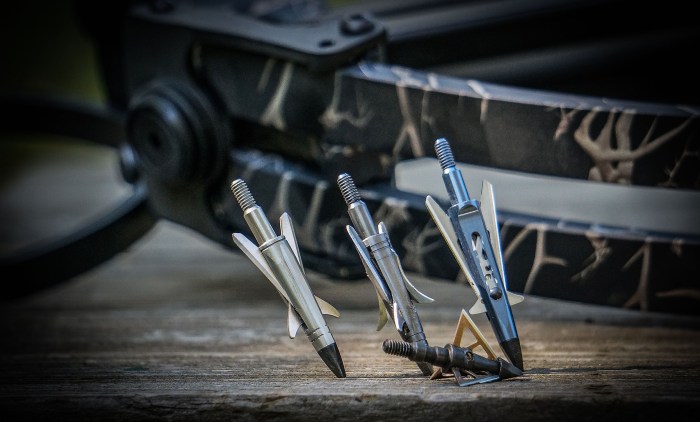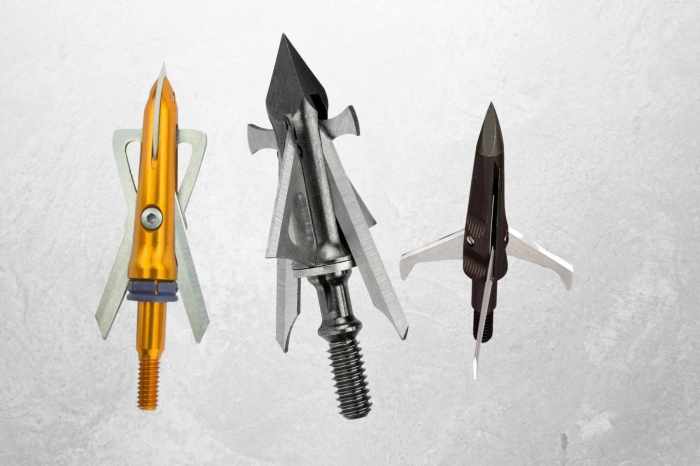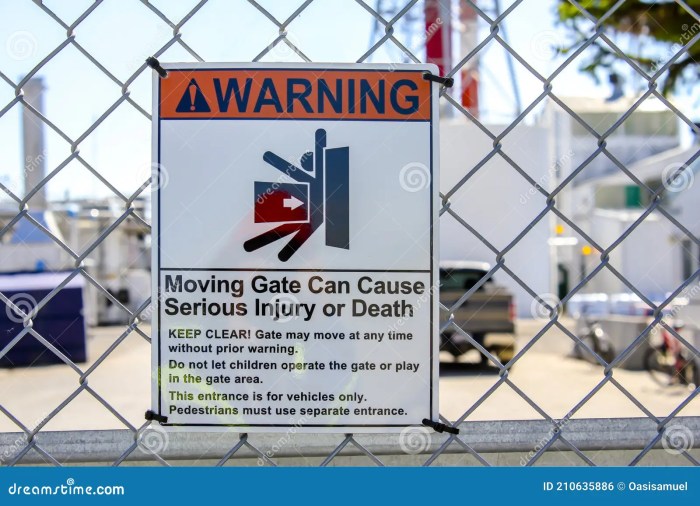Why do broadheads have specific safety rules? The answer lies in the unique design and intended use of these specialized arrowheads. Understanding these safety regulations is paramount to prevent accidents and ensure responsible archery practices. This comprehensive guide will delve into the essential safety considerations, types of broadheads, proper handling and storage, legal regulations, training and education, recommended safety gear, range safety protocols, and emergency preparedness measures associated with broadheads.
Broadheads, unlike field points, possess sharp, fixed blades that can inflict severe injuries if mishandled. Their primary purpose is hunting, requiring a keen understanding of their potential hazards and the importance of adhering to established safety rules. By following these guidelines, archers can confidently navigate the complexities of broadhead use, maximizing their safety and minimizing the risk of accidents.
Safety Considerations

Adhering to safety rules is paramount when using broadheads. These specialized arrowheads possess sharp blades that can cause severe injuries if handled improperly. Potential hazards associated with broadheads include lacerations, puncture wounds, and eye injuries.
Mishandling or misusing broadheads can lead to serious consequences. Careless handling can result in accidental cuts or punctures, while improper installation or aiming can cause the broadhead to detach from the arrow and become a projectile.
Types of Broadheads

Broadheads come in various types, each with unique characteristics and intended uses:
- Fixed-Blade Broadheads:Feature a fixed blade that is permanently attached to the arrow shaft. They provide high penetration and are suitable for hunting large game.
- Mechanical Broadheads:Have blades that deploy upon impact. They offer a larger cutting diameter and are ideal for hunting smaller game.
- Hybrid Broadheads:Combine elements of both fixed-blade and mechanical broadheads, providing a balance of penetration and cutting power.
- Blunt Broadheads:Lack sharp blades and are used for target practice or small game hunting.
The design of broadheads affects their safety. Fixed-blade broadheads are inherently safer as the blades remain stationary. Mechanical broadheads, on the other hand, require careful handling to prevent accidental deployment.
Safe Handling and Storage

Safe handling of broadheads involves:
- Inspecting broadheads for damage before each use.
- Wearing gloves when handling sharp broadheads.
- Storing broadheads in a secure location, away from children and unauthorized individuals.
- Transporting broadheads in a protective case.
Proper storage is crucial to prevent accidents. Broadheads should be stored in a dry, secure location, preferably in a locked cabinet or case. They should be kept out of reach of children and unauthorized individuals.
FAQ: Why Do Broadheads Have Specific Safety Rules
Why are broadheads more dangerous than field points?
Broadheads have sharp, fixed blades designed for hunting, which can cause severe injuries if mishandled, unlike field points used for target practice.
What are the potential hazards associated with broadheads?
Broadheads can cause lacerations, puncture wounds, and other serious injuries if not handled or used properly.
Why is it important to follow safety rules when using broadheads?
Adhering to safety rules minimizes the risk of accidents, protects archers and others, and ensures responsible hunting practices.
What are some common safety rules for broadheads?
Safety rules include wearing appropriate safety gear, handling broadheads with care, storing them securely, and maintaining range safety protocols.
What should I do in case of an accident involving a broadhead?
Stay calm, seek medical attention immediately, and follow first-aid procedures as necessary.